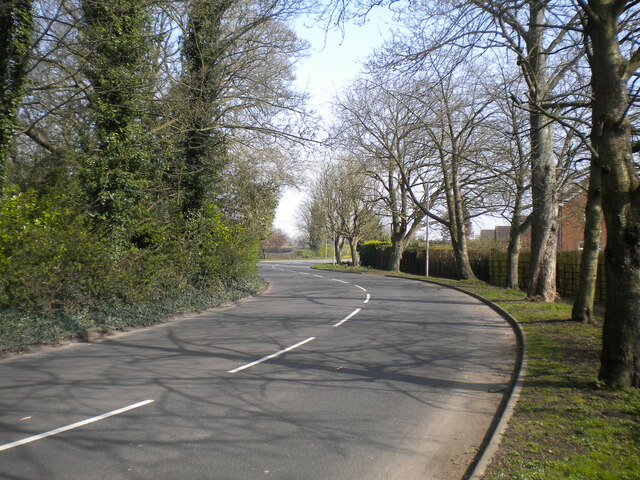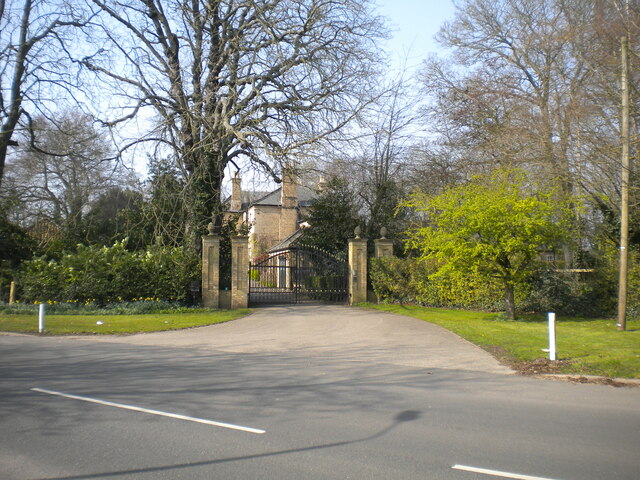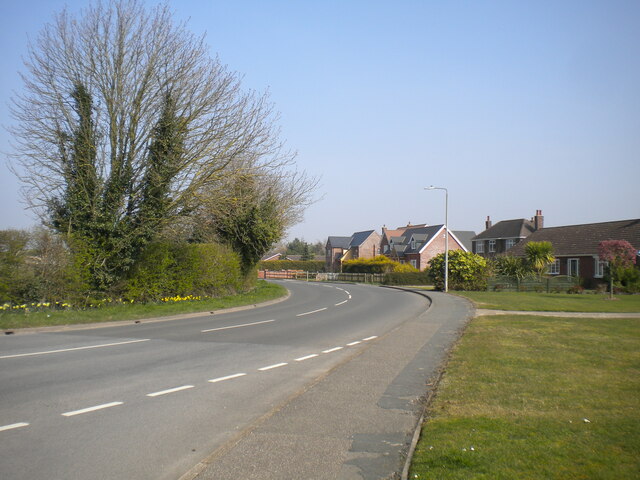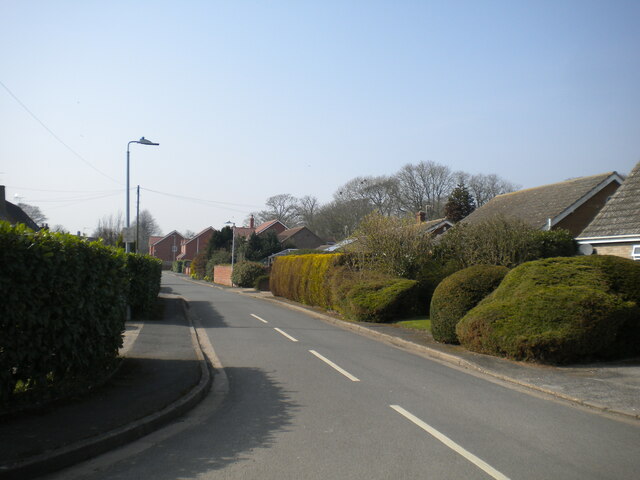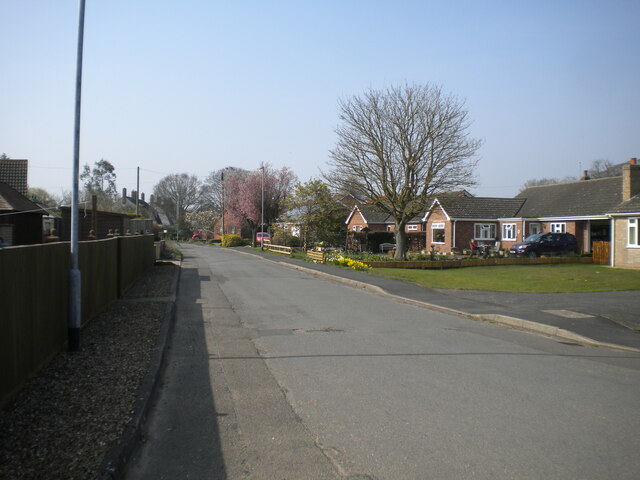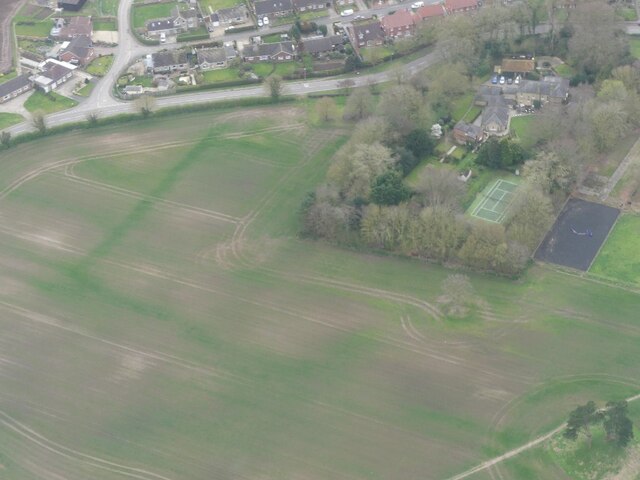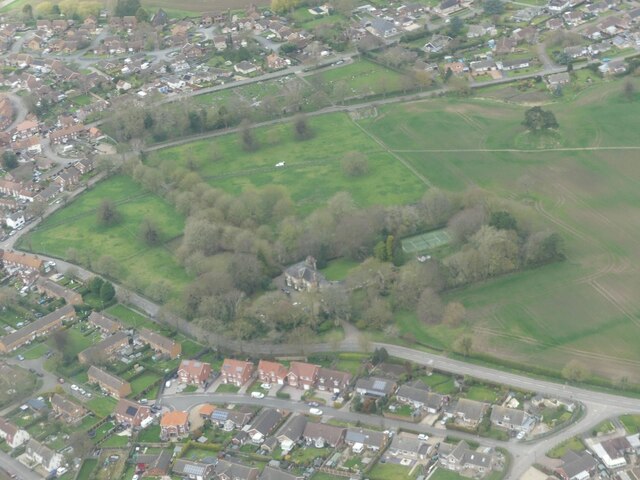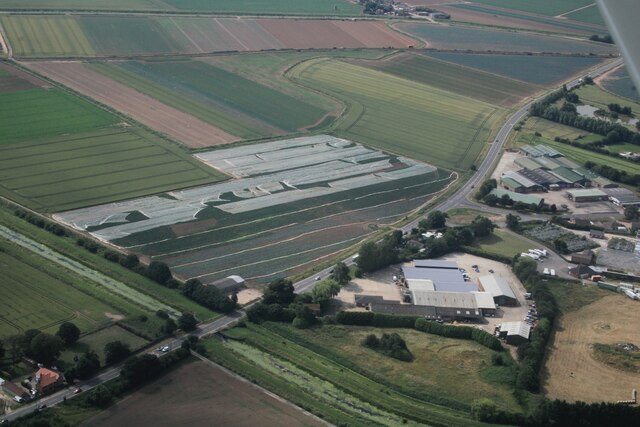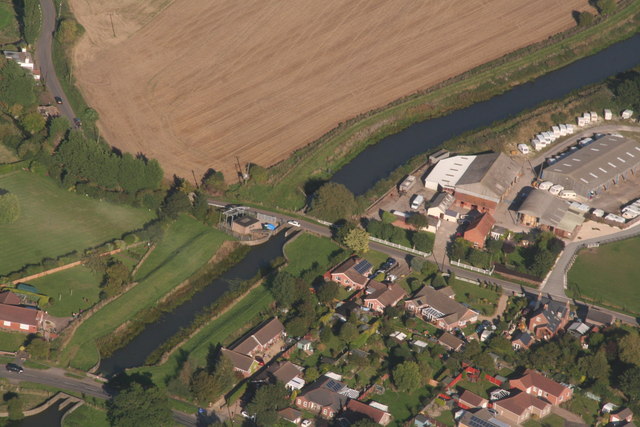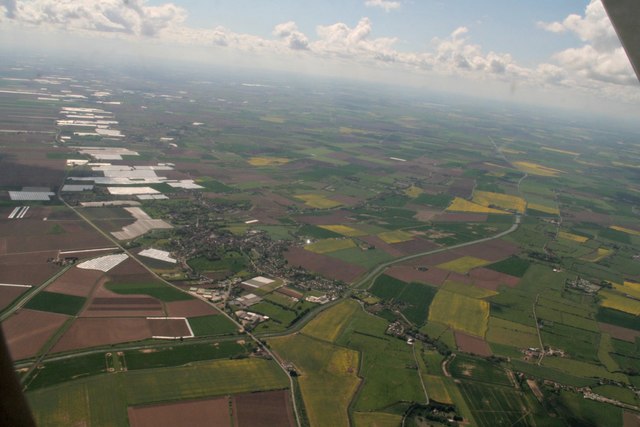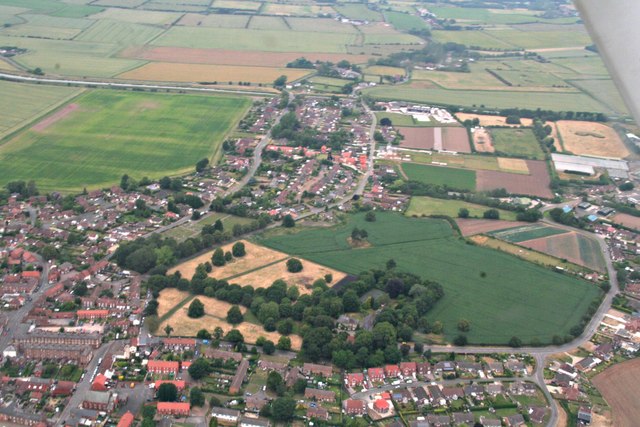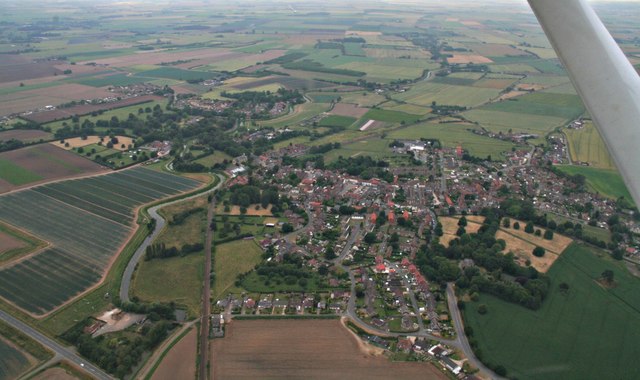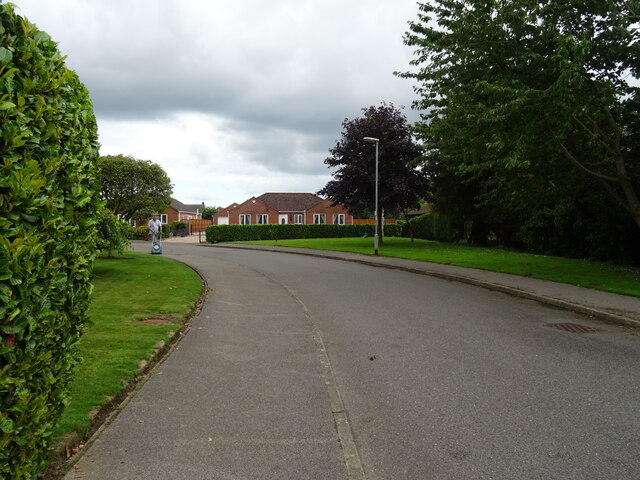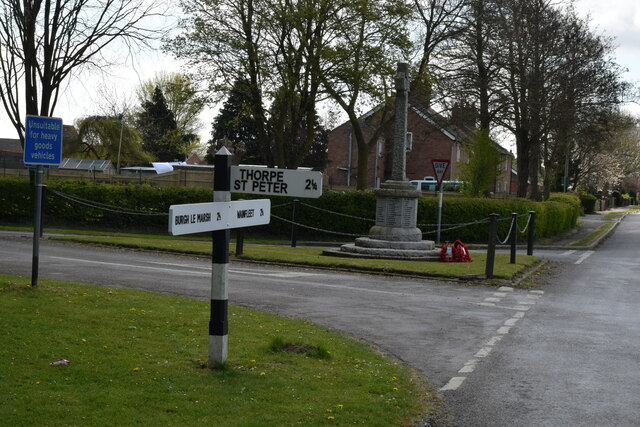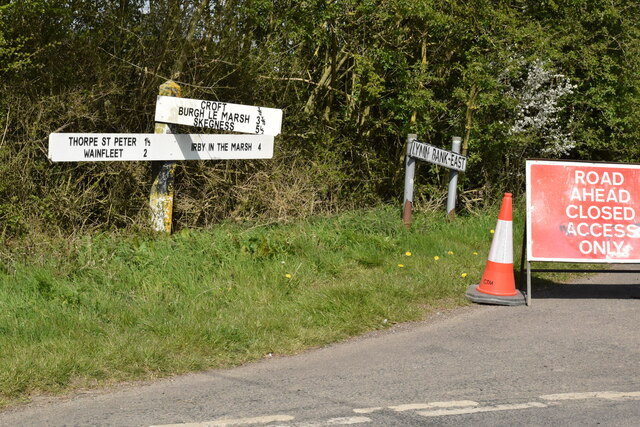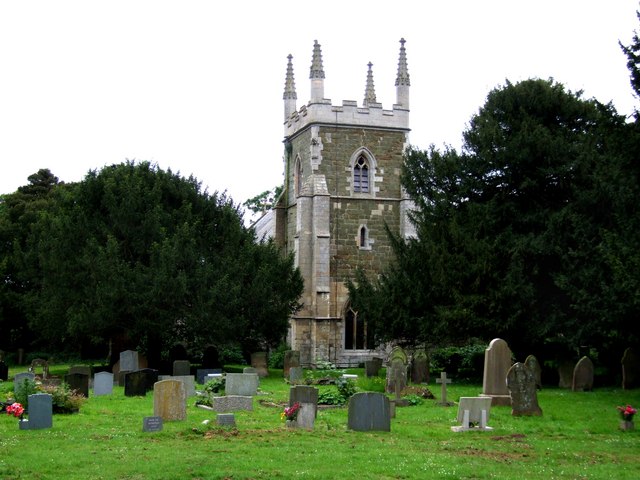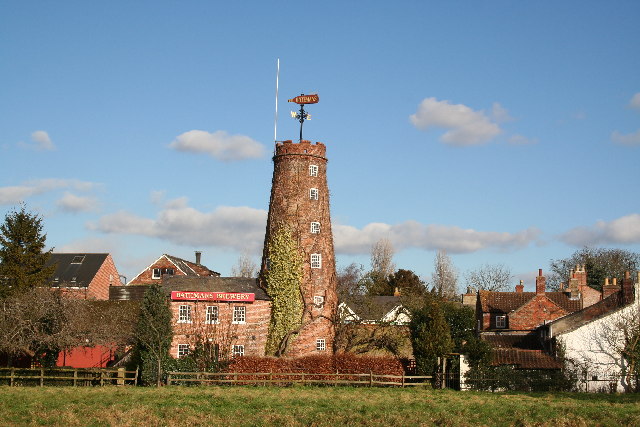Croft
Settlement in Lincolnshire East Lindsey
England
Croft
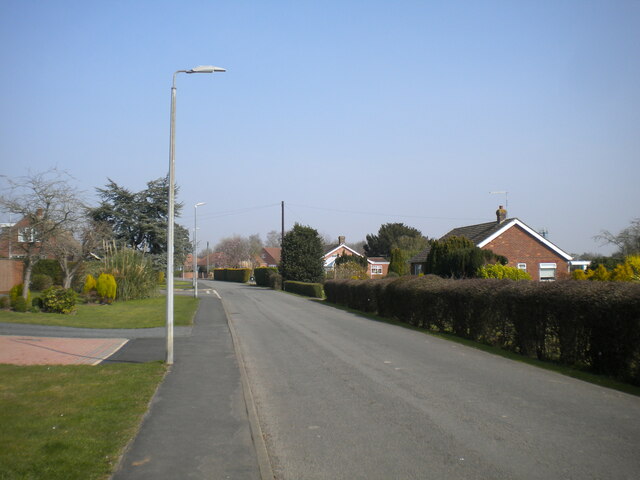
Croft is a small village located in the county of Lincolnshire, England. Situated about 7 miles north of the town of Skegness, Croft is nestled amidst the picturesque Lincolnshire Wolds, an Area of Outstanding Natural Beauty.
The village boasts a population of around 400 residents, giving it a close-knit and friendly community atmosphere. Croft is characterized by its charming cottages, many of which date back to the 18th and 19th centuries, adding a sense of historical charm to the village.
Croft is surrounded by lush green fields and rolling hills, making it a haven for nature enthusiasts. The area offers various walking and cycling routes, allowing visitors to explore the natural beauty of the Lincolnshire Wolds. Additionally, the nearby Gibraltar Point National Nature Reserve and Skegness Beach provide opportunities for wildlife spotting and seaside activities.
Despite being a small village, Croft has a few amenities to offer its residents and visitors. The village has a primary school, a village hall, a church, and a pub, which serves as a social hub for locals. For more extensive facilities, the nearby town of Skegness provides a wider range of shops, restaurants, and entertainment options.
Due to its tranquil setting and proximity to both the countryside and the coast, Croft appeals to those seeking a peaceful and idyllic place to reside or visit, away from the hustle and bustle of larger towns and cities.
If you have any feedback on the listing, please let us know in the comments section below.
Croft Images
Images are sourced within 2km of 53.124735/0.24374118 or Grid Reference TF5060. Thanks to Geograph Open Source API. All images are credited.
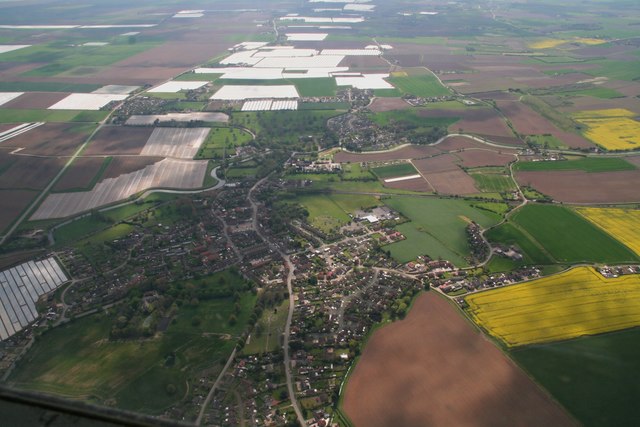
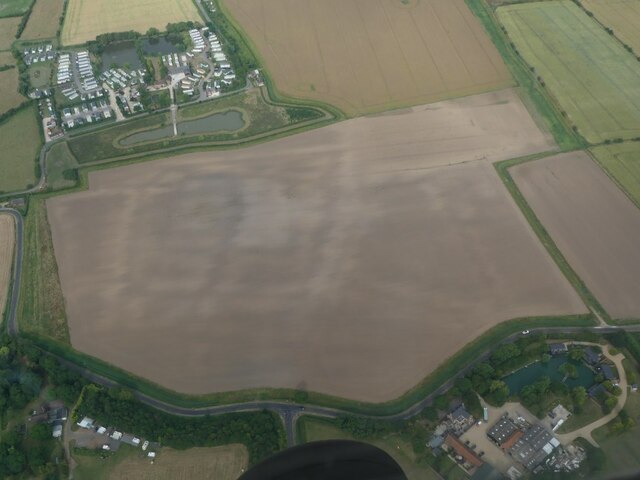
Croft is located at Grid Ref: TF5060 (Lat: 53.124735, Lng: 0.24374118)
Division: Parts of Lindsey
Administrative County: Lincolnshire
District: East Lindsey
Police Authority: Lincolnshire
What 3 Words
///knowledge.enrolling.sample. Near Wainfleet All Saints, Lincolnshire
Nearby Locations
Related Wikis
Croft, Lincolnshire
Croft is a small village and civil parish in the East Lindsey district of Lincolnshire, England. The village is situated approximately 2 miles (3 km) north...
Thorpe St Peter
Thorpe St Peter is a village and civil parish in the East Lindsey district of Lincolnshire, England, about 1 mile (1.6 km) north-west from the town of...
Wainfleet All Saints
Wainfleet All Saints is an ancient port and market town on the east coast of England, in the East Lindsey district of Lincolnshire, on the A52 road 5...
Havenhouse railway station
Havenhouse railway station is situated 3 miles (5 km) south-west of Skegness in Lincolnshire, England. The station was originally called 'Croft Bank'...
Nearby Amenities
Located within 500m of 53.124735,0.24374118Have you been to Croft?
Leave your review of Croft below (or comments, questions and feedback).
